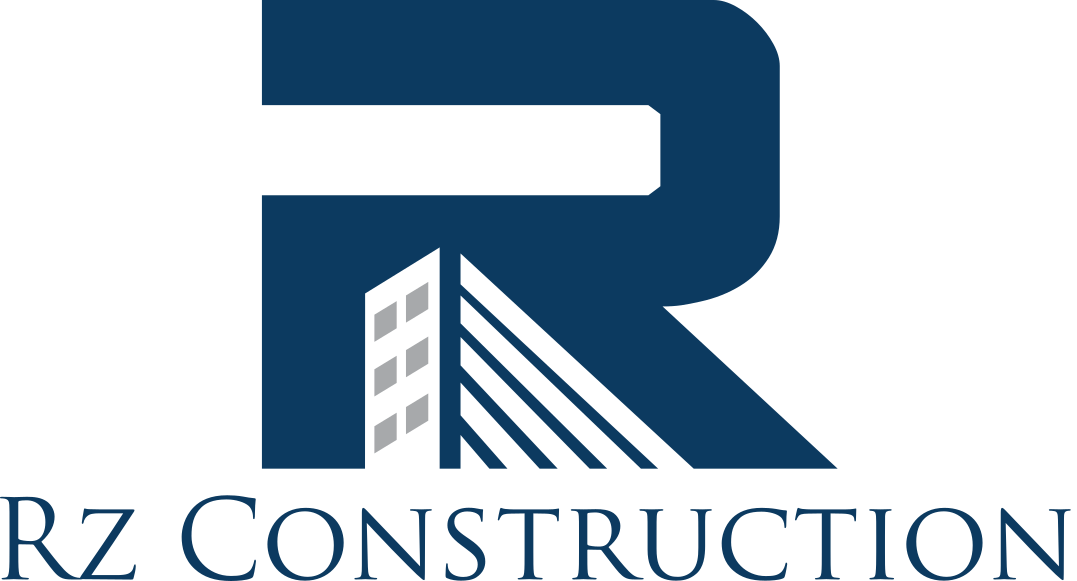Flat roof rot isn’t an uncommon problem, but it can be a very serious one.
If your attic is poorly ventilated and has too much moisture, or your roof has sprung a leak that you’ve failed to address, you could have yourself a serious roof rot problem, which if left untreated, could spread by as much as 10 feet a year, and even cause your roof to collapse. Sound shocking? That’s because it is!
Because flat roof rot is such a potentially serious problem, it’s important for home and business owners to know as much as they can about it, in order to prevent it from ever affecting their flat roofs.
What are the primary causes of flat roof rot?
The main cause of flat roof rot is moisture, be it from humidity, a leak or anything else wet! And the two things that typically cause such problems with moisture, are a poorly ventilated attic and unattended leaks.
If your attic isn’t sufficiently ventilated, humidity levels will inevitably rise, exposing the wooden components of your roof to high levels of moisture. When spores in the air come into contact with wood that has a moisture level of more than 20%, they will begin to germinate and sprout; and there you have the beginnings of roof rot.
Why are flat roofs especially prone to roof rot?
Due to the fact that flat roofs have a minimal slope, (despite being called ‘flat’, most have a slight slope), when coupled with poor drainage, it will inevitably lead to ponding: when rain water pools instead of draining away. Over time, ponding will start to damage the membranes or shingles on a flat roof, and water will penetrate the roof.
What are the main indicators of flat roof rot?
The main signs to look out for are sagging and water staining on both the ceiling and interior walls. It’s important to act fast should you spot either of these signs, and schedule a site visit from a local roofing contractor.
How can flat roof rot be prevented?
As with the majority of roofing problems, regular and professional maintenance are vital in preventing costly damage, and roof experts recommend that flat roofs be professionally inspected at least biannually.
You can also carry out your own basic, visual checks every few months or so, just to see if there are any potential problems.
Additionally, maintaining a proper temperature in your attic, especially during the hot summer months and the colder months of winter, is important in preventing roof rot. Ideally, humidity levels in your attic should be between 40% and 60%, and with a good ventilation system, this should be easy to achieve. If you suspect your attic to be too humid, you can ask your local roofing contractor to install additional ridge vents, soffit vents or attic fans.
Preventing roof rot of your flat roof is easy provided you’re willing to maintain your roof regularly, and respond to any potential problems in a timely fashion.
